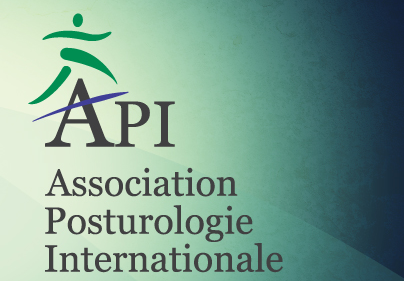Physiotherapeutic protocol for the studies of the effects of photobiomodulation on breast cancer
Photobiomodulation on breast cancer
DOI:
https://doi.org/10.17784/mtprehabjournal.2025.23.1401Keywords:
Physical therapy modalities, breast neoplasms, laser therapy, clinical trial protocol, evidence-based practiceAbstract
Background: Breast cancer, the second most common oncological disease in Brazil, is estimated to have approximately 73,000 new cases in the Brazilian female population in the 2023-2025 triennium. Considering the treatments offered, physiotherapy emerges as a tool in the treatment of various conditions, such as musculoskeletal disorders and pain resulting from traditional antineoplastic therapies, with resources such as laser therapy available for this management. Objective: To establish a physiotherapeutic intervention protocol, based on scientific evidence, for women with breast cancer. Method: This is a physiotherapeutic protocol that is part of a randomized, placebo-controlled, double-blind clinical trial, approved by the Research Ethics Committee of SCS/UFPR (CAAE: 71033323.9.0000.0102), to evaluate the effects of photobiomodulation on breast cancer. The study will recruit 60 women with breast cancer, aged between 21 and 60 years, who are undergoing active antineoplastic treatment. The developed protocol consists of four physiotherapeutic techniques: cervical pompage associated with breathing exercises, kinesiotherapy, and clay therapy. Clay therapy consisted of applying white clay to the entire face of the participant, lasting approximately 15 minutes. Kinesiotherapy included range of motion exercises of rotation, inclination, flexion, and extension of the cervical spine, in a prescription of 2 sets of 10 repetitions, in addition to static stretching of the upper limbs, in 2 sets of 60 seconds. The pompage and breathing exercises combined cervical rotation with pursed-lip breathing, lateral cervical inclination with diaphragmatic breathing, and the pranayama surya bedhana technique with the pompage of the pectoralis major. Conclusion: The proposed protocol is expected to be an efficient resource for managing the well-being of study participants during Modified Intravascular Laser Blood Irradiation applications, potentially providing comfort associated with the therapeutic application of the laser.








